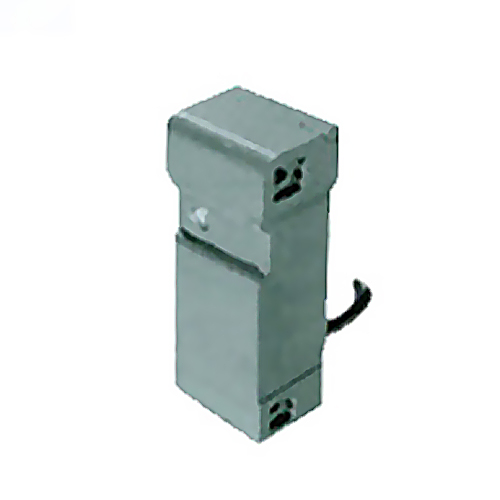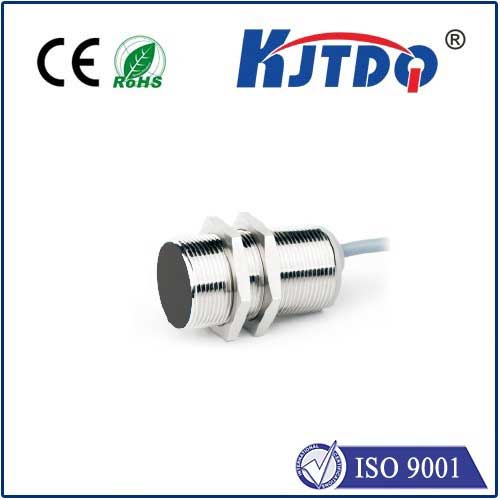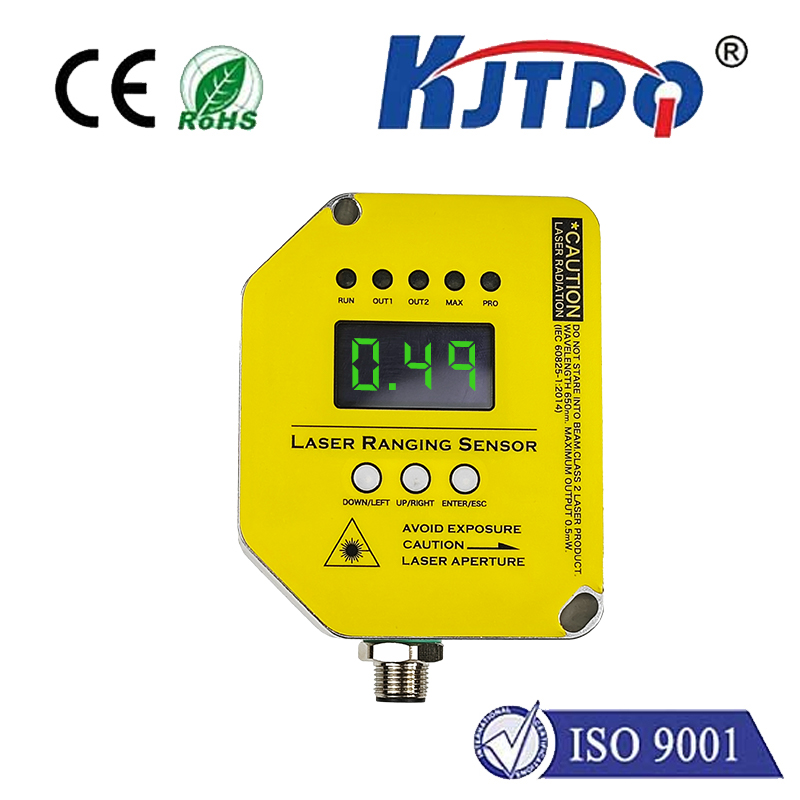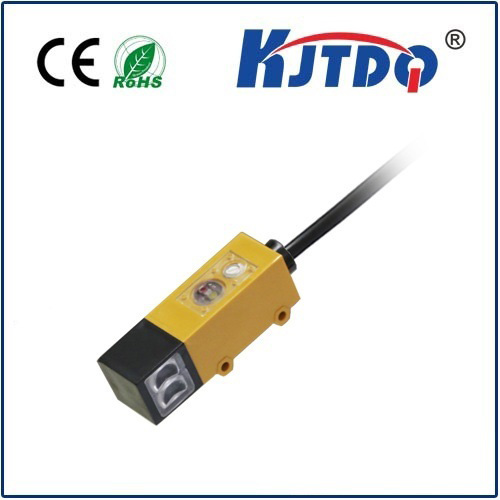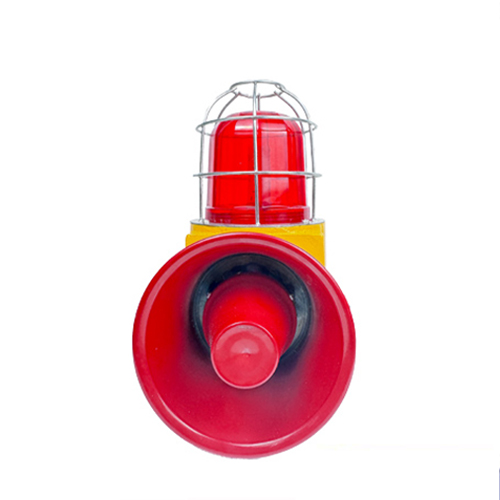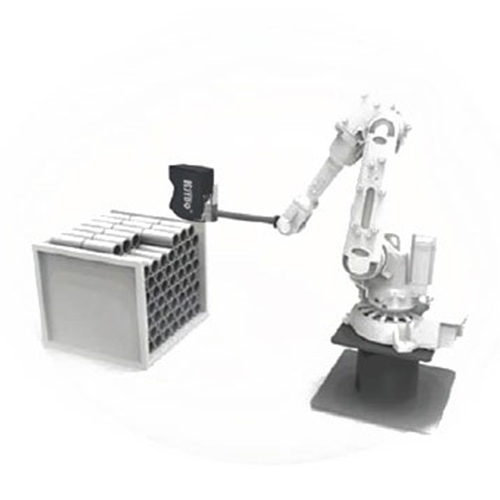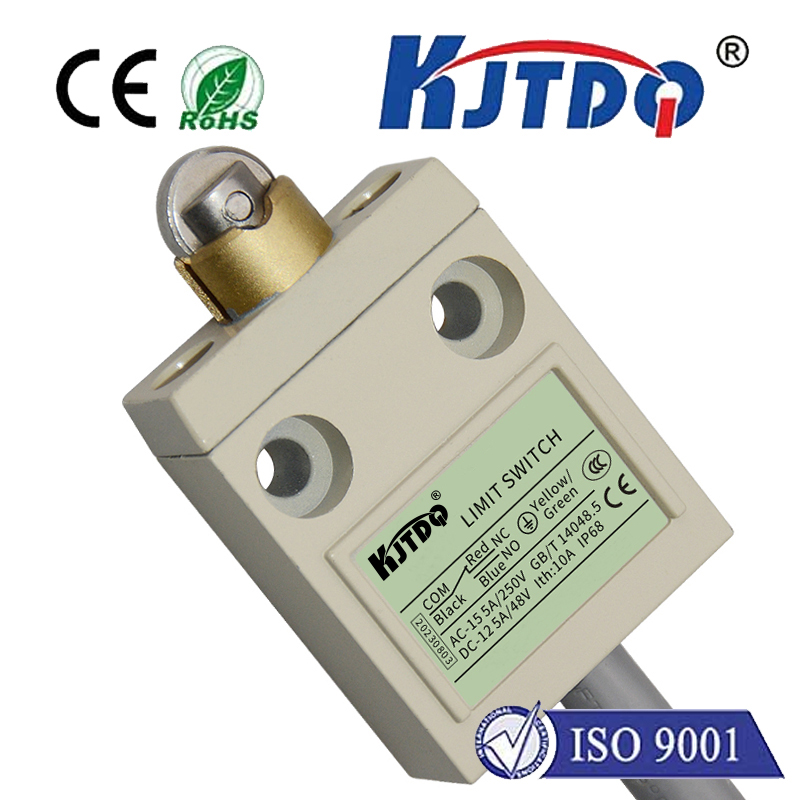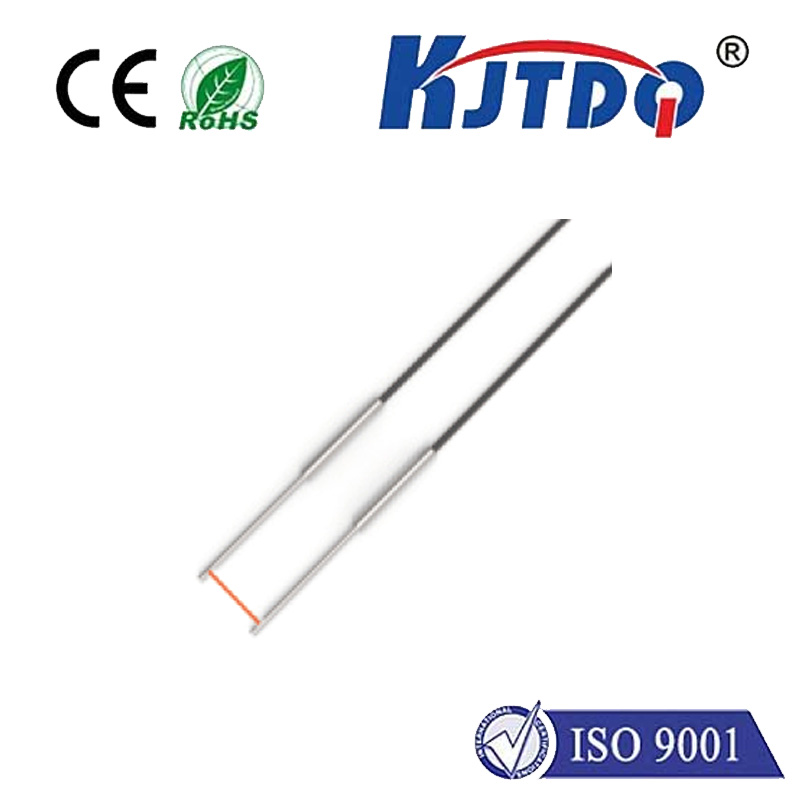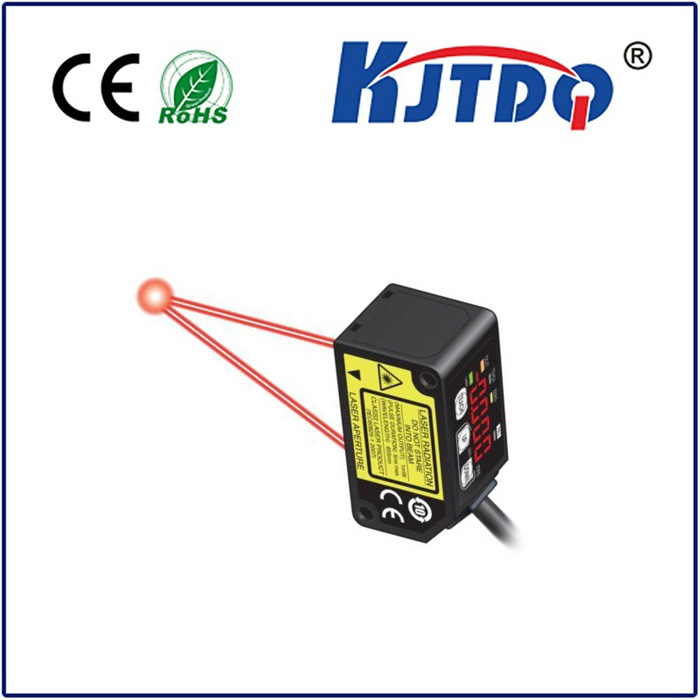

check

check

check

check
Unlocking Precision and Safety with the BHS004U Proximity Sensor
Imagine a bustling factory floor where robotic arms move with uncanny accuracy, all thanks to a tiny, unassuming device: the proximity sensor. These sensors detect nearby objects without physical contact, transforming industries through enhanced automation and safety. Specifically, the BHS004U proximity sensor emerges as a game-changer, trusted by engineers for its reliability and advanced features. From speeding up production lines to preventing costly errors, this sensor quietly powers countless applications. In this guide, we delve into what makes the BHS004U exceptional—exploring its design, capabilities, and real-world uses in a way that’s clear and practical. Whether you’re an automation expert or new to sensor technology, understanding this tool will highlight its pivotal role in modern engineering.

To grasp the significance of the BHS004U, it’s essential to start with the basics of proximity sensors. These devices detect the presence or absence of objects within a specific range using non-contact methods, such as electromagnetic fields or capacitive sensing. This eliminates wear and tear from mechanical switches, reducing maintenance costs and improving lifespan—a key advantage in demanding environments. The most common type, inductive proximity sensors, work by generating an electromagnetic field that reacts to metal targets, making them ideal for industrial settings. The BHS004U stands in this category, designed as an inductive proximity sensor that ensures accurate detection through its robust engineering. By skipping physical interaction, these sensors minimize downtime and enhance operational efficiency, a crucial benefit for sectors like manufacturing where every second counts.
Now, focusing on the BHS004U model, its standout features set it apart in the competitive sensor market. First, it offers a detection range of up to 5mm, expertly calibrated for consistent performance in varying conditions. This means it reliably senses metal objects within that distance without false triggers, a vital trait for applications requiring high precision. Power operation is straightforward, with a standard voltage range of 10-30V DC, allowing seamless integration into diverse electrical systems. The sensor’s output typically includes both normally open (NO) and normally closed (NC) configurations, enabling flexible wiring for different control setups. Built with a rugged stainless-steel housing, the BHS004U excels in durability, resisting dust, moisture, and temperature fluctuations—ideal for harsh industrial settings. Easy installation is another perk; its compact size and M12 threaded mounting simplify attachment to machinery, reducing setup time. According to common industry practices, this design minimizes interference from nearby electronics, ensuring stable readings that boost overall system reliability. Such characteristics make the BHS004U a cost-effective choice, as it reduces the need for frequent replacements and supports long-term operational savings.
Moving to applications, the BHS004U proximity sensor shines across multiple industries, demonstrating its versatility and impact. In automotive manufacturing, for instance, it detects the precise position of parts on assembly lines, such as verifying if an engine block is correctly aligned before welding. This prevents costly errors and enhances quality control, as noted in case studies from leading plants. Similarly, in packaging machinery, the sensor monitors the flow of containers or labels, triggering actions when objects approach specific thresholds—ensuring smooth, uninterrupted production. Beyond these, the BHS004U finds use in safety systems; in automated doors or elevators, it acts as a non-contact barrier to prevent collisions and protect users from harm. Efficiency gains extend to sectors like food processing, where sensors must withstand humid environments without corrosion. Here, the BHS004U’s sealed construction maintains performance, supporting hygiene standards while keeping systems running optimally. Such broad utility highlights how this sensor adapts to real-world challenges, often cited in reports for driving innovation while cutting operational costs.
Why choose the BHS004U over alternatives? Its advantages form a compelling case for widespread adoption. Enhanced reliability tops the list; with a 100,000-hour mean time between failures (MTBF), it minimizes unexpected shutdowns, a critical factor in continuous-process industries. This durability comes from high-quality components that resist vibrations and electromagnetic noise, ensuring consistent operation even in noisy settings. Energy efficiency is another strength, as the sensor consumes low power, contributing to greener manufacturing practices by reducing overall energy bills. Installation and maintenance are simplified by features like LED indicators that signal operational status, allowing quick diagnostics without specialized tools. In applications like robotics, this sensor’s fast response time—often under 1 millisecond—enables precise movements that boost productivity. Moreover, its compatibility with programmable logic controllers (PLCs) and IoT systems provides scalability for future upgrades, aligning with trends toward smarter factories. By addressing common pain points like calibration hassles, the BHS004U offers a value-driven solution that enhances
